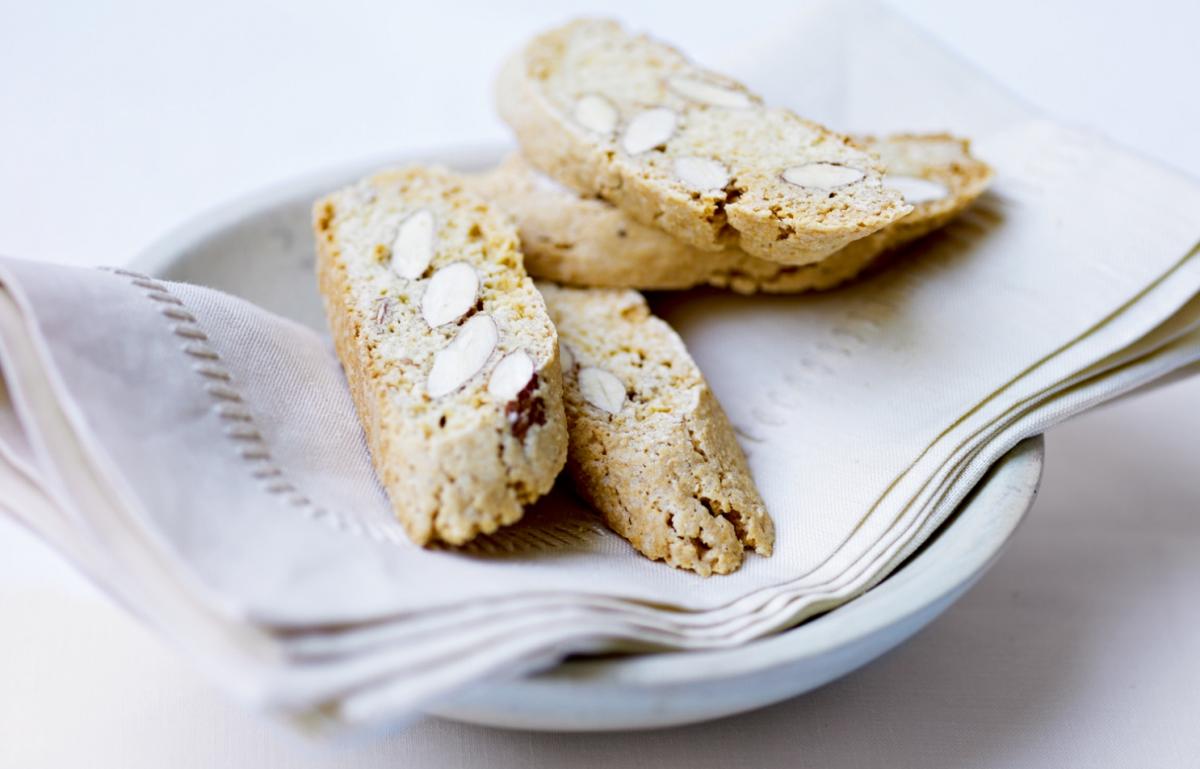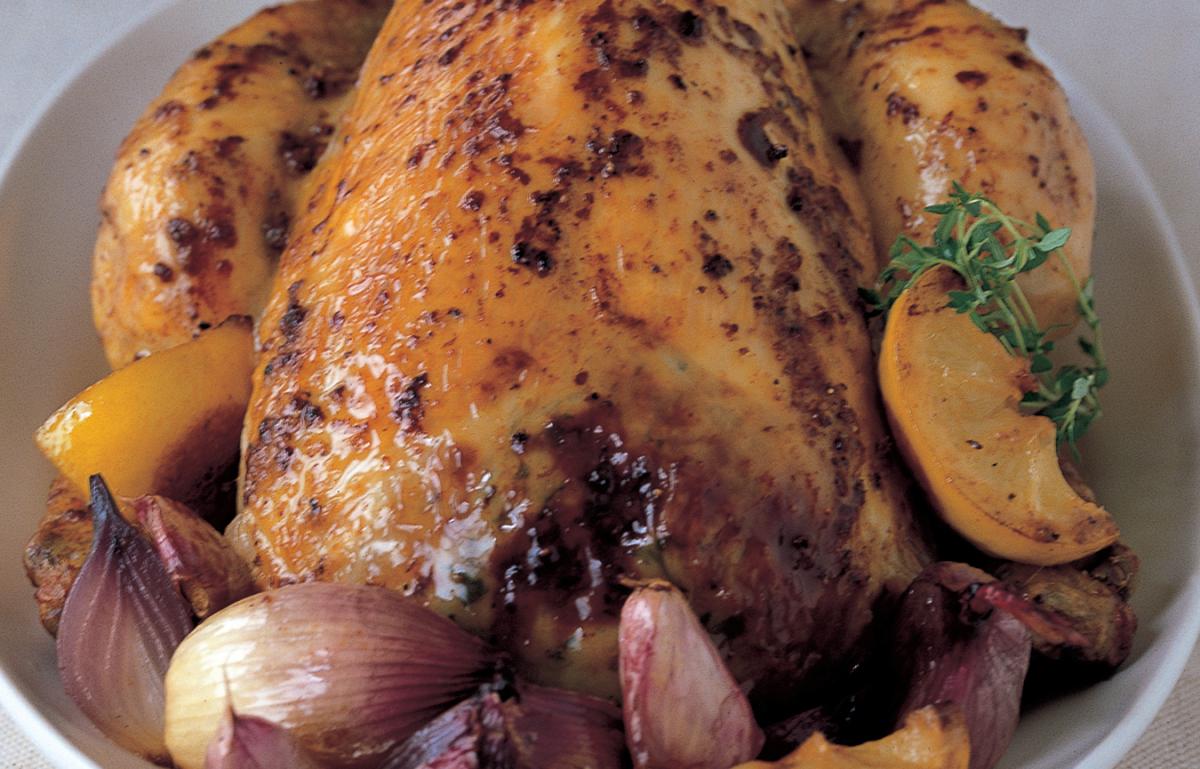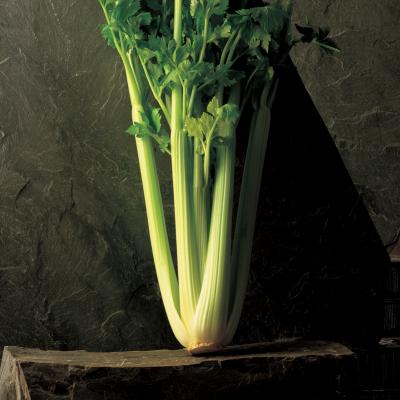


Originally, the older varieties of so-called ‘dirty’ celery from the flat black-earthed Fenlands of East Anglia had a short season – from October to January.
If you’re lucky enough to eat some, there is much washing to do, but the flavour is exceptional, particularly after a light frost, when it’s sweetest of all. However, a really severe frost can wipe the whole crop out, so growing it can be a hazardous occupation, and in the past during hard winters there was sometimes none available.
English Fenland growers have overcome this by not only developing new varieties that can be grown in summer, but have also overcome the severities of a British winter by growing English varieties in the warm climate of Spain. This means extremely good celery is available practically all year round, with a gap from about April to June. If you can get ‘dirty’ celery in November it is worth all the tedious washing, but it’s also good to have English varieties available all year.
To prepare: First of all, remove the tough, large, outer stalks, and as these are usually distinctively stringy, take a sharp paring knife and pare off the strings. Now trim off the outer skin around the root and cut the head vertically, so that some of the sweet, edible root is still intact, then cut into 6-8 layered vertical strips.
Follow us Like us on Facebook Follow us on twitter Follow us on instagram Follow us on pinterest Follow us on youtube
© 2001-2024 All Rights Reserved Delia Online